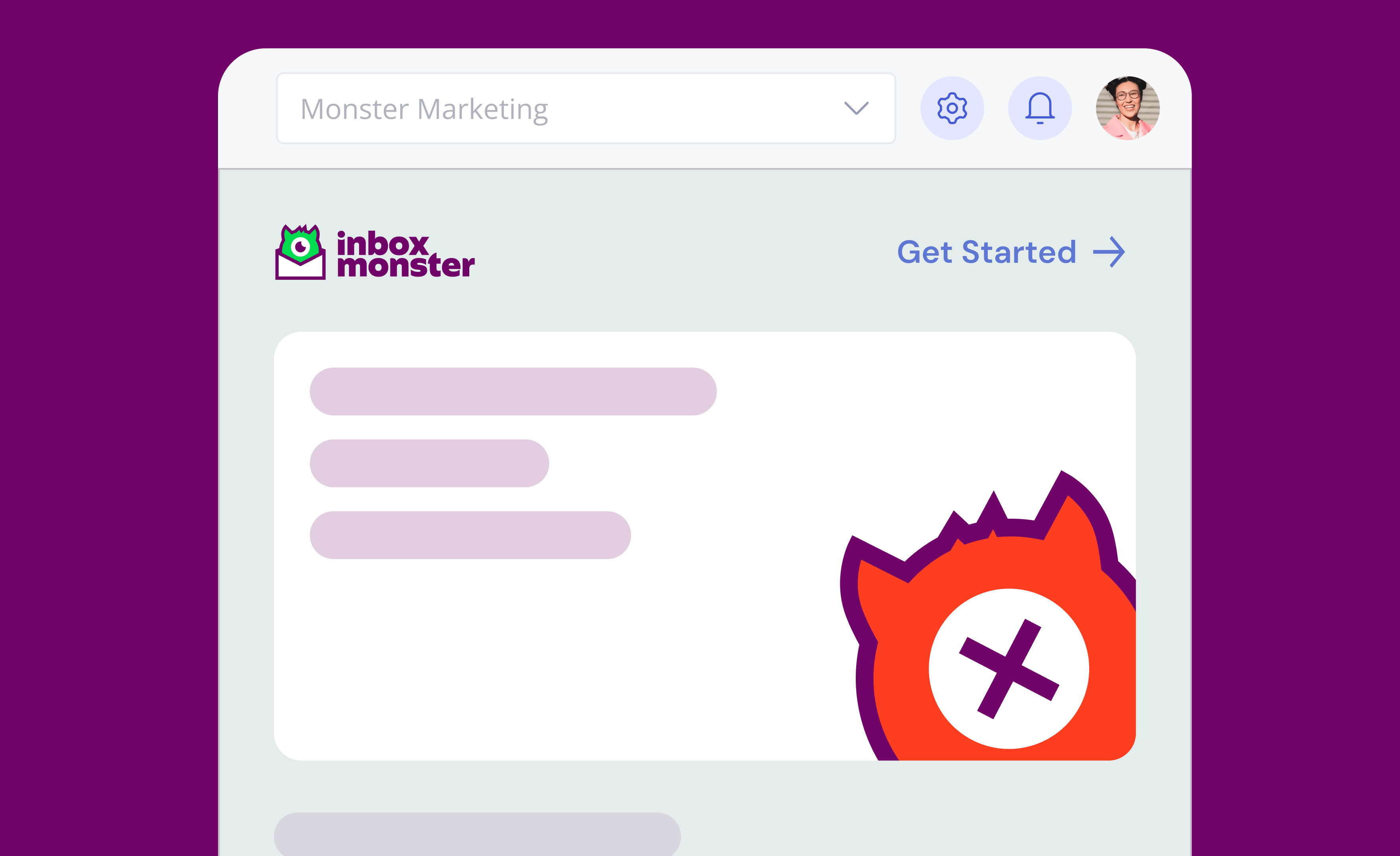Typos, date errors, broken URLs, empty emails, failed merge tags and more… we’ve all experienced the anxiety of pushing the send button, only to realize that something is amiss.
Truth be told, when you’re running an enterprise email program, mistakes are bound to happen on some level. We’re all human, and sometimes showing your humanity can actually help build trust and rapport with your audience. Past the initial panic and scrambling phase, how can you turn this disaster into an opportunity with a positive outcome?
Here are some examples of brands that sent great “oops emails,” and what you can learn from them.
Harper Wilde
Sending an email out to your list and having none of the links working is a big headache (both for your frustrated subscribers and for the bottom line!).
The email team at Harper Wilde had to address their mistake, and did four great things with this apology email (aside from taking responsibility for the error, of course) –
- Kept it short and sweet: No need to waste more of your subscribers’ time on the same day of sending an email with such a mistake.
- Used a plain text email: A great practice to make the email seem more personal.
- Chose transparency: “This wasn’t some super clever marketing launch strategy” is a rare disclaimer, considering that plenty of brands still send “accidental” emails and use “oops emails” as a part of their strategy.
- Sounded like a human being: People buy from other people they know, like, and trust. The copy of this email doesn’t read as cold or corporate, which is exactly the kind of approach you want to take with such an email.
The combination of those four made this apology email a powerful one. It goes to show that an apology email doesn’t have to be complicated or overly designed to be effective.
Pro tip: If you want to use that example and make it even stronger, sign your Oops email with the name of the person in charge (the head of the email team or customer support team, for example). That gives your subscribers another personal touchpoint that they are likely to appreciate.
Framebridge
Most brands know that keeping your list clean and hygienic is a crucial part of your strategy and a great way to avoid landing on a blocklist.
So sending a dedicated “Would you like to unsubscribe?” email periodically to your unengaged subscribers is a great tactic. But what do you do when that email is accidentally sent to the wrong segment?
Framebridge did two great things with this email to leverage that mistake into an opportunity:
- Showed genuine appreciation: Subscribers of eCommerce brands know that those emails are sent out to thousands of people, at the very least. Yet, that email seemed personal and genuine, which is refreshing.
- Asked for feedback: You can never know enough about your subscribers. Using that oops email as an opportunity to reconnect on a personal level with your subscribers is a wonderful idea, one that (re)builds trust and relatability.
Pro tip: To make things even more personal, ask your subscribers for their first names, and add them to such emails (or all emails!).
Fab.
If you ever send an email without any copy in it (by mistake!), it won’t be the end of the world if that email will only contain images of kittens – unless you’re a headstrong dog person. Fab.’s apology email is a quick comeback from what could potentially be a very confusing and possibly embarrassing accident.
Here are three things Fab. did well here to move from “oh my goodness” to “total win”:
- Stayed on brand: The copy throughout this email is short, sweet, and on-brand (“purrrly by mistake” and “littering your inbox”). The call to action is clear and concise, and the serious note at the bottom shows a great balance of the brand’s values.
- Leveraged their mistake into sales: To apologize for the mistake, Fab. threw an additional discount – a popular practice that many oops emails have in them, and can result in additional revenue.
- Took the mistake seriously: Even though this entire email is a delightful apology, and the brand doesn’t take itself too seriously, they do take this mistake to heart. The serious note at the end helps restore trust in the brand, and it’s a nice touch to end this email with.
Pro tip: Additional discounts won’t necessarily be the way to go for your audience. Yes, they can work, they have worked for plenty of eCommerce brands, but they’re not a must in such emails. Sometimes, subscribers can be content with a simple, honest apology.
As plenty of smart people once said in some variation or another, “It’s not how you start – it’s how you finish.” Mistakes are only human, and email mistakes are not a question of “if,” but a “when.”
So when that happens, you want to send an apology quickly, take ownership, keep it human, stay on brand and work on rebuilding the damaged trust. If possible, using humor can go a long way, but only if it suits your brand’s tone of voice and personality.
A good “oops email” can portray your brand as human, relatable and trustworthy. If you truly apologize when an apology is due, such a mistake might become one of your greatest success story.





